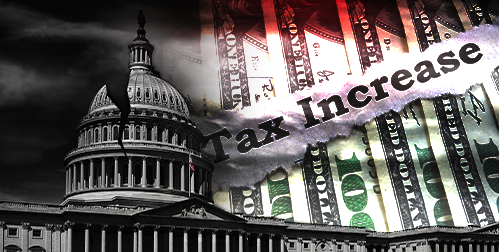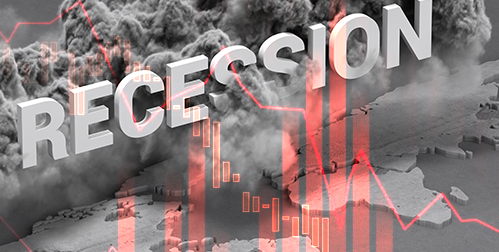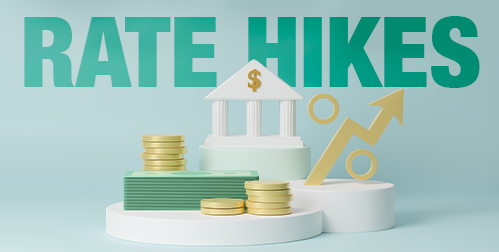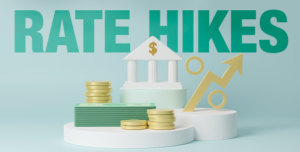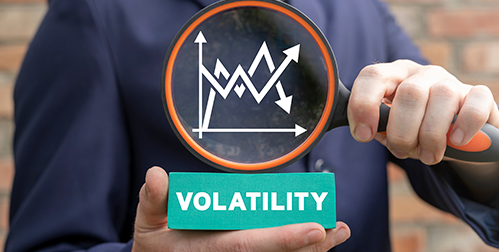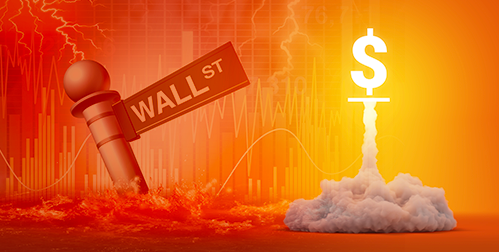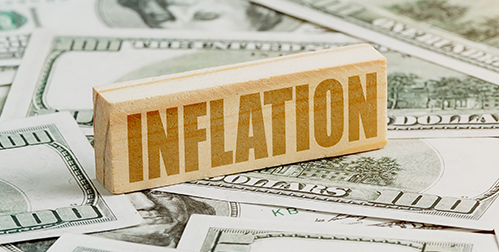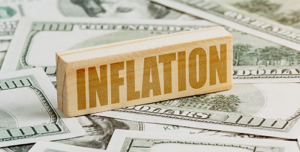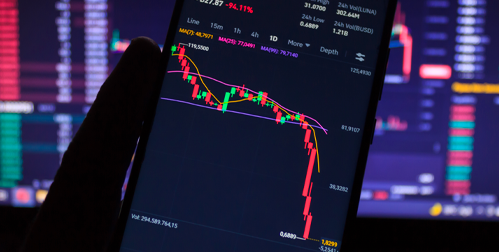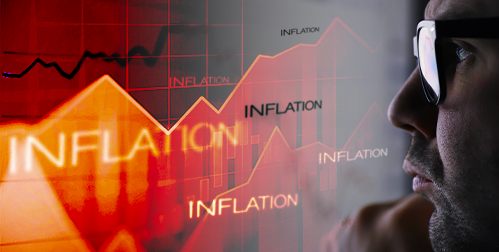- The 60/40 portfolio strategy was a widely accepted investment plan to build wealth
- Inflation, high interest rates and recession are undoing the principles behind the 60/40 plan
- Advisors say a 60/40 portfolio should be rebalanced with real assets to protect wealth
The 60/40 Portfolio Strategy Works
What is the 60/40 portfolio? It is an investment strategy that splits a portfolio between S&P 500 Index stocks (60%) and investment grade bonds (40%). ‘Balanced’ portfolios blend the higher risk of stocks with the relative safety of government bonds. They are accepted as a robust method of building wealth. The combination was tough to beat for a long time. Investors using the 60/40 mix got better returns than more complex strategies from 2009 to 2021.

Until It Doesn’t
Then 2022 came. The tried and tested 60/40 formula for buy and hold investment portfolios got off to its worst start since WWII. They fell about 20% in the first half of 2022. That is the biggest decline on record for the start of a year. Some investors think it’s time to forget about this ‘set it and forget it’ model of investing.1
All assets began 2022 in a precarious position. Stock and bond valuations were hovering around their highest levels in a century. They were being pumped up by super low interest rates and below-average inflation.
Due to a combination of factors, inflation soared to a 40 year high. Consumer prices and wages spiraled upwards. The Federal Reserve scrambled to undo the effects of their easy money give away. They raised interest rates at a blistering pace. Fears of recession now rattle investors alongside worries about runaway inflation.
Inflation, surging interest rates and recession all drove down the value of 60/40 assets. Stocks fell sharply. The S&P 500 Index is down 21%. Bonds are breaking records in the worst way possible. The Bloomberg US Aggregate bond index is down 11%. And with inflation eroding purchasing power, real returns are even worse. As a result, the 60/40 portfolio is floundering. It was down 17.6% this year through June 22. If it holds, that performance would rank only behind two Depression-era downturns, in 1931 and 1937.2
The idea behind the 60/40 strategy is being defeated. Theoretically, stocks serve as the growth engine of a portfolio. When stocks don’t do well, bonds serve as a counterweight. They are supposed to move in opposite directions. But that hasn’t been the case for 2022. Stocks and bonds have both moving in the same direction – down.
The near-term outlook for the 60/40 is not good. Christian Mueller-Glissmann is the head of asset allocation research strategy at Goldman Sachs. He said, “In an environment where you have both growth risk and inflation risks, like stagflation, 60/40 portfolios are vulnerable and to some extent incomplete. You want to diversify more broadly to asset classes that can do better in that environment.”3
Cash as an asset class isn’t a good option. If you are in cash right now, you’re losing 8.5% a year.
Real assets become more important when inflation is stuck at record highs. Precious metals can protect purchasing power when consumer and commodity prices are skyrocketing.
“A portfolio with a slice of real assets, like gold, performed even better than the 60/40 over the long run. In that case the optimal strategic asset allocation since World War II was closer to one-third equity, one-third bonds and one-third real assets”, Mueller-Glissmann said.4
Investors may need to reexamine their 60/40 portfolio plan. They should at least reset their expectations. Positive real returns will be hard to achieve in this climate. Instead, they should focus on protecting their purchasing power. This way they’ll be able to take advantage of future opportunities. Allocating a part of your portfolio to gold is one way to decrease risk. The price of gold is predicted to keep rising. Precious metal is an investment that can protect your wealth. It may also generate positive returns in a market where they are hard to come by. Contact us to learn more about how a Gold IRA can boost a changing portfolio strategy.
